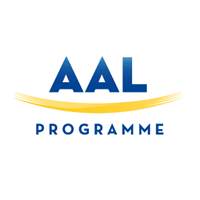Description
The project aims to develop a new self-adapting interface device – a Laser Mouse – for use by severely mobility impaired persons.
The principal aim of this project is to study a new, self adapting interface device for use by disabled persons. The Laser Mouse can be used in place of the standard PC mouse or as an interface with communication aids and environmental control systems. An M3S interface is also included to allow interface compatibility with other aids and devices.
The project is concerned with the analysis of the diffraction pattern (‘speckle’) of coherent light falling on a mobile surface. The displacement of this surface can be evaluated to a high level of accuracy. In this way the movement of the head or limb can be tracked and converted into the movement of a PC mouse. The interesting features of this approach to the interface problem, is that the motion detection system is adaptive, preserving the natural posture of the user, and is fully configurable for those with limited or low amplitude movement.
The device will be of interest to motor disabled persons, suffering from quadriplegia and motor-cerebral injuries. It could offer this group ‘mouse-like’ access to computers and be very beneficial in the field of education, in addition to the areas of communication, environmental control and occupational therapy.
Although a small number of low cost, non-contact pointing devices are available on the market, all require that an accessory be worn by the user. Also none are suitable for patients who possess only low amplitude movement. Speckle analysis of a laser beam has been used previously in industrial applications for accurate measurements (constraints and deformation in materials, optical positioning, rotary encoding etc.), however this application forms a radical new usage for this technology.
Technical Approach : Developments required include : definition of user needs; development of high sensitivity opto-electronic laser motion detector based on the use of speckle signals; associated signal processing algorithms; motion interpretation (filtering, user parameters) and validation (‘click’) strategies; standard interface (PC, M3S); hardware and software.
Impact and Expected Results : The project will result in an easy to use Laser Mouse for use by persons with severe mobility impairment. The project will develop – a laser mouse for use in a PC environment, a M3S system employing the laser mouse as input device, a report detailing the needs of users, reports on performance and field testing, and a report on other potential applications.




